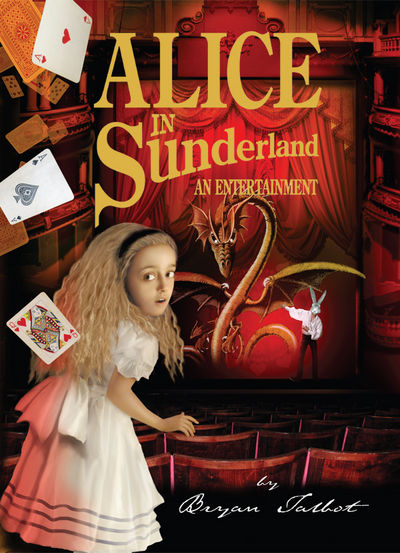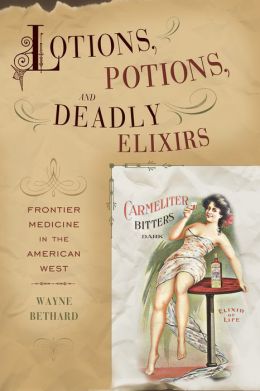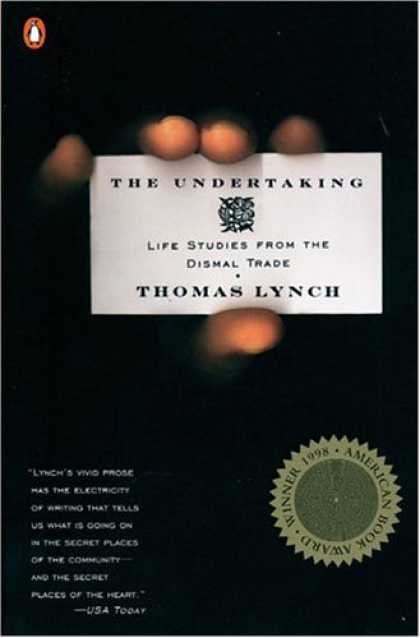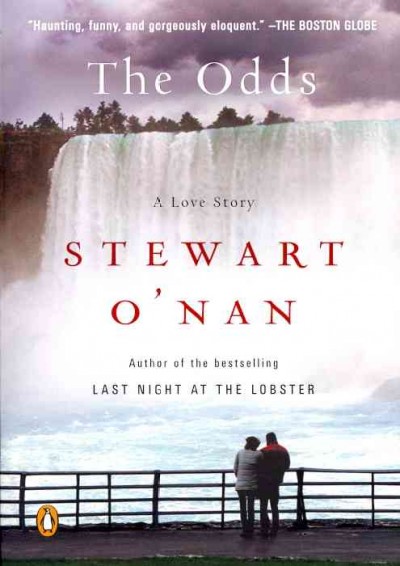 The lunch menu at the Largo rehab center, where my wife is recovering from a broken femur, listed "1/2 slice of pumpkin pie" as the dessert one day last week. It is indicative of the differences between my wife and me that she expressed concern about getting only a half slice of pie, while I expressed concern about the very idea of a half slice of pie. Is there such a thing?
The lunch menu at the Largo rehab center, where my wife is recovering from a broken femur, listed "1/2 slice of pumpkin pie" as the dessert one day last week. It is indicative of the differences between my wife and me that she expressed concern about getting only a half slice of pie, while I expressed concern about the very idea of a half slice of pie. Is there such a thing?You can have a large slice of pie, a small slice or an even smaller slice, but if you cut a slice in two, don't you have two slices, not two half slices?
I was reminded of the oft-repeated story usually attributed to Yogi Berra. Asked by a waitress if he wanted his pizza cut into four slices or eight, Yogi is reputed to have opted for four because he wasn't hungry enough to eat eight. All slices are not created equal.
You can cut a cup of flour or a tablespoon of butter in half, and you know what you are getting. These are more precise measures. But what does it mean to have a half pinch of salt, a half piece of chocolate or even a half glass of water? There are shot glasses, juice glasses and table glasses of all sizes and descriptions. In a recent novel set in Victorian England, there is a passage where beer is poured into a thin glass about three-feet tall, then handed up to a coach driver so he doesn't have to climb down to get his beer.
I'm sure my wife would have been much happier with a whole slice of pie, even if it had been no larger than the half slice she was served. For very different reasons, I would have been happier, too.











